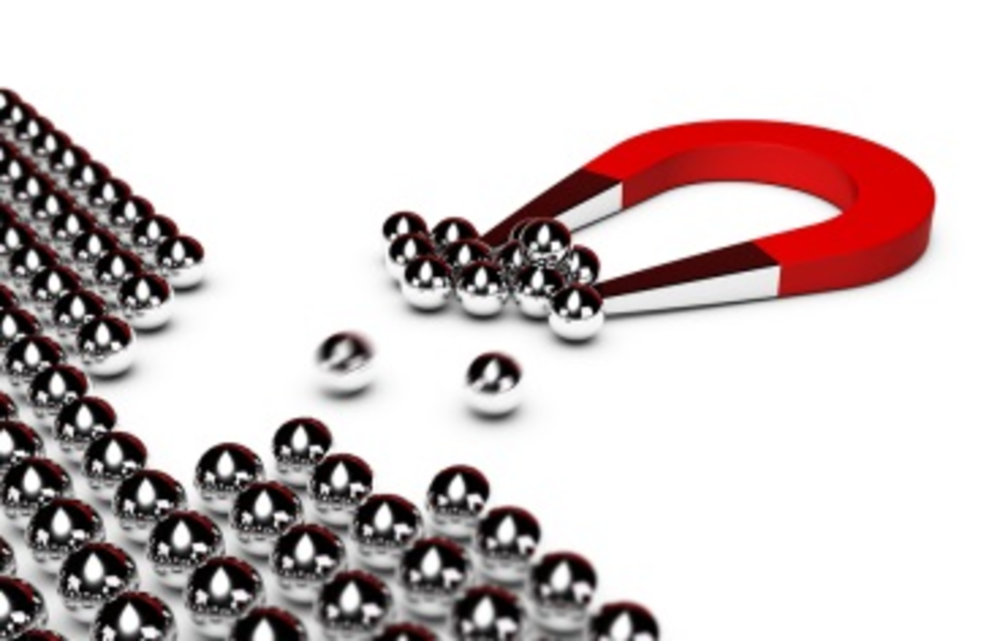It’s inescapable. Everywhere we look we see marketers promise to “improve customer loyalty.” But I’m a skeptic. I believe in Peter Drucker’s maxim, “If you can’t measure it, you can’t manage it.” So when someone claims they can “improve loyalty,” I want to know 1) what they mean by loyalty and 2) how they are going to measure loyalty, so we see how they’re doing.
Usually we find that what people mean when they talk about loyalty is really customer retention rate—whether the customer sticks around and buys again. Retention is an old and valued friend to data-oriented marketers, but it is not the same as loyalty. And it’s not as useful.
Understanding the difference between loyalty and retention is important because of the implied assumption that they correlate with business success (more revenue or profits or both). If the correlation exists, then managing for improvement in customer retention or customer loyalty equates to managing for business success.
Start with definitions
Retention rate is usually defined as the percent of a customer population who were “active” as of some earlier date and are still considered active a year later. (We’ll use one year in our examples in this column, though different companies will use shorter or longer periods, depending on their business.) So retention is a number, like 81% (that’s good) or 27% (that’s bad). Most important, retention rate is not a measure of individual customer behavior. It is a measure of the behavior of an entire customer population.
Loyalty on the other hand is a measure of the performance of individual customers. A loyalty score is built of many parts. It can include how much a customer has bought, how often they purchase, how many different items they buy from your product set, how long it’s been since they last bought or visited your website, and their future value. It’s obvious that these numbers will vary from customer to customer.
Some companies are happy to define loyalty as the customer’s “commitment to the brand.” While there’s value in this definition, it’s hardly measurable. A closer look at the dimensions of loyalty gives a better understanding of the differences between loyalty and retention, and why those differences matter.
Granularity
Retention rate is a macro number. It’s a measure that applies to a customer population as a whole. Companies are much more interested in knowing how many of their customers stay active and purchasing (retention rate) than they are in how long a particular customer has been in their file, whether active or inactive (retention). Retention is a binary yes/no question, and retention rate summarizes the status for the entire customer population.
Loyalty is a micro concept. It is defined and measured customer by customer. It is not binary as retention is. Two customers could both be active yet have different degrees of loyalty.
Measurability
Measuring retention rate is simply a matter of counting the customers who were active on some prior date, usually one year ago, and then seeing how many of these same customers are still active.
However, loyalty is a concept and must be defined in terms of some physical reality if it is to be measured. For example, the concept of ‘red’ could be defined by what is common in raspberries, cherries, and blood.
A more scientific approach is to define the concept in terms of something else that has a measurable reality. Thus ‘red’ could be defined in terms of the wavelength of the reflected light. Using this approach, loyalty can be described in terms of some behavioral activity such as frequency of purchases.
At my company we use the second method. First we define a customer’s risk score as the probability from zero to one that the customer will not make a purchase in the following 12 months. A risk score accurately predicts which customers will and will not buy in the year following the measurement, as shown in the figure to the right.
With this metric, we say a customer’s loyalty is the inverse of their risk score. The higher the risk score, the more likely the customer is to defect and the lower that customer’s loyalty.
Utility
Since retention is a company-wide metric, there are really only two things a marketer can do based on a retention rate: groan (when the retention rate drops) or grin (when it rises). Rich, company-wide incentives are wasteful and inefficient.
By contrast, a customer’s loyalty measurement offers actionable opportunities:
- A drop in a customer’s loyalty should trigger an offer with an incentive to make a purchase.
- A rise in a customer’s loyalty should draw a thank-you and offers on high-margin products.
- Messaging based on loyalty measurements lets companies make individualized offers relevant to customers with similar buying behaviors.
Summing up
Retention rate is useful as a company measuring stick, but it offers no actionable information to help improve business success. Customer loyalty scores, however, contain information that enables marketers to make relevant offers that result in more sales.
What you can most easily measure is your company’s overall retention rate. What you want is the business performance that comes with strong customer loyalty. What you get depends upon your willingness and ability to measure and market quantitatively.
|
As CEO of Loyalty Builders Inc., Dr. Mark Klein helps develop marketing strategies for a diverse set of B2B and B2C companies. Follow him at www.loyaltybuilders.com/blog.
|







